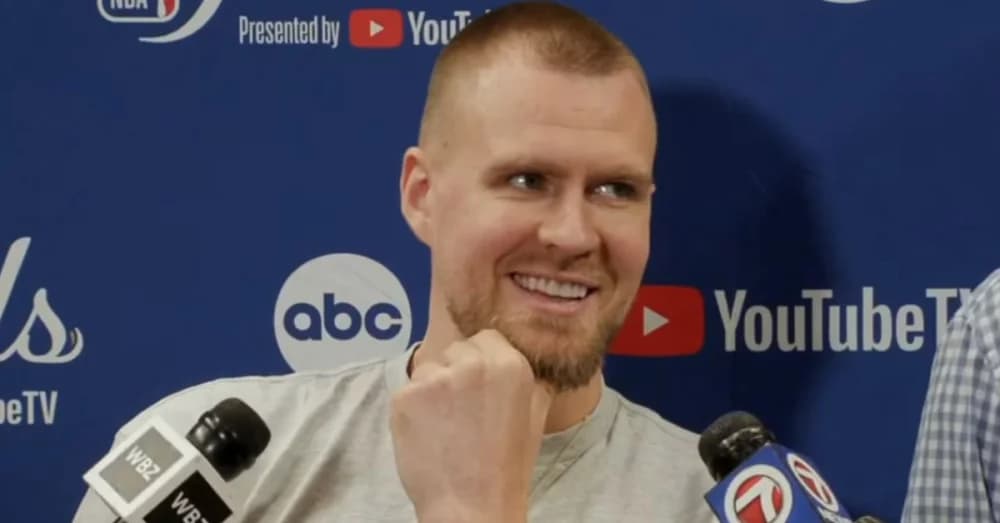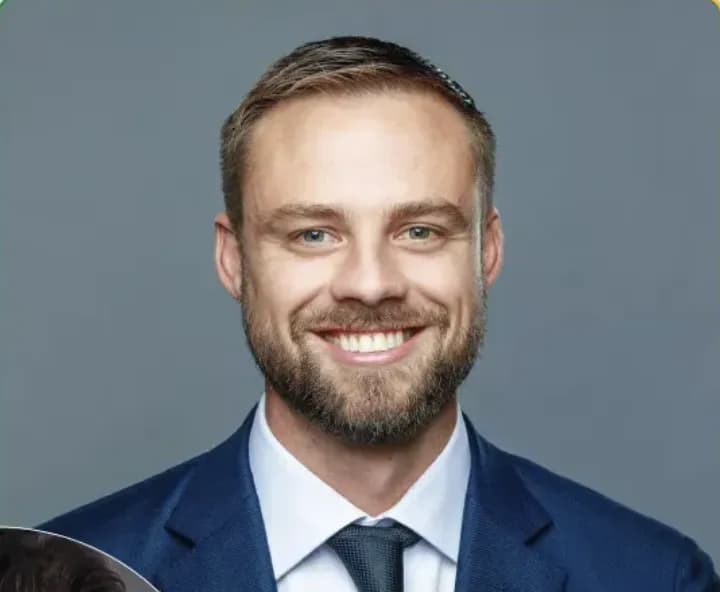
Understanding Kristaps Porzingis Medial Retinaculum Injury as Celtics Await His Return
Boston Celtics’ star big man, Kristaps Porzingis, faces uncertainty following a significant injury sustained late in the team’s Game 2 win over the Dallas Mavericks in the NBA Finals. The injury, described as a “torn medial retinaculum, allowing dislocation of the posterior tibialis tendon” in his left leg, has left Porzingis “day-to-day” moving forward.
What is a Medial Retinaculum?
The medial retinaculum is a type of connective tissue that acts as a stabilizing structure in the foot, specifically serving as the roof of the tarsal tunnel. Similar to the carpal tunnel in the wrist, the tarsal tunnel houses various tendons, nerves, and blood vessels. The medial retinaculum plays a crucial role in anchoring these structures, including the tendon of the posterior tibialis.
When this retinal tissue is torn
the posterior tibialis tendon can dislocate, leading to significant pain and instability in the ankle and foot. Such dislocations are rare, with only 32 documented cases by 2006. This kind of injury is particularly concerning for athletes due to its impact on mobility and stability.
Jeff Stotts and Injury Insights of Kristaps Porzingis
Jeff Stotts, a certified athletic trainer and injury analyst, provided further details on social media:
“The medial retinaculum serves as the roof of the tarsal tunnel and anchors multiple structures in place, including the posterior tibialis tendon. If torn, the tendon can shift out of place, causing pain and instability.”
Stotts highlighted that such injuries often accompany other severe ankle traumas that typically require surgery, raising concerns given Porzingis’ history of injuries.
Visualizing the Injury
Evan Jeffries, a doctor of physical therapy, created a graphic to illustrate the location and function of the medial retinaculum and posterior tibialis tendon, helping to contextualize the injury for fans and reporters alike.
Updating clarification of the Kristaps Porzingis injury
Essentially he TORE the “Flexor retinaculum” which holds the tibialis posterior in place
This allows the tibialis posterior to sublux (move out of normal area it’s housed)
This is a RARE injury and timetable is up in… pic.twitter.com/UtwTOxg2Sl
— Dr. Evan Jeffries, DPT (@GameInjuryDoc) June 11, 2024
Current Status and Team Decisions
Kristaps Porzingis was seen with a wrap or brace on his left ankle and appeared to be moving freely when speaking to reporters. However, walking around is vastly different from the intense physical demands of playing in the NBA Finals. Porzingis expressed his determination to play, stating, “I will die out there,” but the Celtics’ medical team is cautious, prioritizing his long-term health over immediate returns.
Coach Joe Mazzulla emphasized, “We’ve taken the decision to play out of his hands, because of his importance. So he’s going to do everything he can to play, and then we’re going to leave it up to our medical team.”
Kristaps Porzingis, Potential Impact on the Celtics
Porzingis’ presence in Games 1 and 2 was instrumental, contributing 32 points, 10 rebounds, and five blocks in just 43 minutes. His ability to space the floor and protect the rim has been critical for the Celtics. Without him, the team faces strategic challenges.
If Kristaps Porzingis is unavailable, Al Horford will likely shoulder more responsibility. The Celtics must then decide between using non-shooting big men like Luke Kornet or Xavier Tillman, which could allow the Mavericks’ defenders to focus on the paint, or opting for small-ball lineups with Jayson Tatum or Oshae Brissett at the five, which is far from ideal.
Series Outlook
Despite a 2-0 lead in the series, the Celtics’ path forward becomes more complex without Porzingis. His contributions on both ends of the floor are significant, and his absence could provide the Mavericks with an opportunity to exploit matchups and close the gap.
Porzingis’ status remains a pivotal factor as the Celtics prepare for Game 3, making this matchup even more intriguing. The team’s ability to adapt and compensate for his potential absence will be crucial in maintaining their advantage in the NBA Finals.
Boston Celtics’ star big man, Kristaps Porzingis, faces uncertainty following a significant injury sustained late in the team’s Game 2 win over the Dallas Mavericks in the NBA Finals. The injury, described as a “torn medial retinaculum, allowing dislocation of the posterior tibialis tendon” in his left leg, has left Porzingis “day-to-day” moving forward.
What is a Medial Retinaculum?
The medial retinaculum is a type of connective tissue that acts as a stabilizing structure in the foot, specifically serving as the roof of the tarsal tunnel. Similar to the carpal tunnel in the wrist, the tarsal tunnel houses various tendons, nerves, and blood vessels. The medial retinaculum plays a crucial role in anchoring these structures, including the tendon of the posterior tibialis.
When this retinal tissue is torn
the posterior tibialis tendon can dislocate, leading to significant pain and instability in the ankle and foot. Such dislocations are rare, with only 32 documented cases by 2006. This kind of injury is particularly concerning for athletes due to its impact on mobility and stability.
Jeff Stotts and Injury Insights of Kristaps Porzingis
Jeff Stotts, a certified athletic trainer and injury analyst, provided further details on social media:
“The medial retinaculum serves as the roof of the tarsal tunnel and anchors multiple structures in place, including the posterior tibialis tendon. If torn, the tendon can shift out of place, causing pain and instability.”
Stotts highlighted that such injuries often accompany other severe ankle traumas that typically require surgery, raising concerns given Porzingis’ history of injuries.
Visualizing the Injury
Evan Jeffries, a doctor of physical therapy, created a graphic to illustrate the location and function of the medial retinaculum and posterior tibialis tendon, helping to contextualize the injury for fans and reporters alike.
Updating clarification of the Kristaps Porzingis injury
Essentially he TORE the “Flexor retinaculum” which holds the tibialis posterior in place
This allows the tibialis posterior to sublux (move out of normal area it’s housed)
This is a RARE injury and timetable is up in… pic.twitter.com/UtwTOxg2Sl
— Dr. Evan Jeffries, DPT (@GameInjuryDoc) June 11, 2024
Current Status and Team Decisions
Kristaps Porzingis was seen with a wrap or brace on his left ankle and appeared to be moving freely when speaking to reporters. However, walking around is vastly different from the intense physical demands of playing in the NBA Finals. Porzingis expressed his determination to play, stating, “I will die out there,” but the Celtics’ medical team is cautious, prioritizing his long-term health over immediate returns.
Coach Joe Mazzulla emphasized, “We’ve taken the decision to play out of his hands, because of his importance. So he’s going to do everything he can to play, and then we’re going to leave it up to our medical team.”
Kristaps Porzingis, Potential Impact on the Celtics
Porzingis’ presence in Games 1 and 2 was instrumental, contributing 32 points, 10 rebounds, and five blocks in just 43 minutes. His ability to space the floor and protect the rim has been critical for the Celtics. Without him, the team faces strategic challenges.
If Kristaps Porzingis is unavailable, Al Horford will likely shoulder more responsibility. The Celtics must then decide between using non-shooting big men like Luke Kornet or Xavier Tillman, which could allow the Mavericks’ defenders to focus on the paint, or opting for small-ball lineups with Jayson Tatum or Oshae Brissett at the five, which is far from ideal.
Series Outlook
Despite a 2-0 lead in the series, the Celtics’ path forward becomes more complex without Porzingis. His contributions on both ends of the floor are significant, and his absence could provide the Mavericks with an opportunity to exploit matchups and close the gap.
Porzingis’ status remains a pivotal factor as the Celtics prepare for Game 3, making this matchup even more intriguing. The team’s ability to adapt and compensate for his potential absence will be crucial in maintaining their advantage in the NBA Finals.






